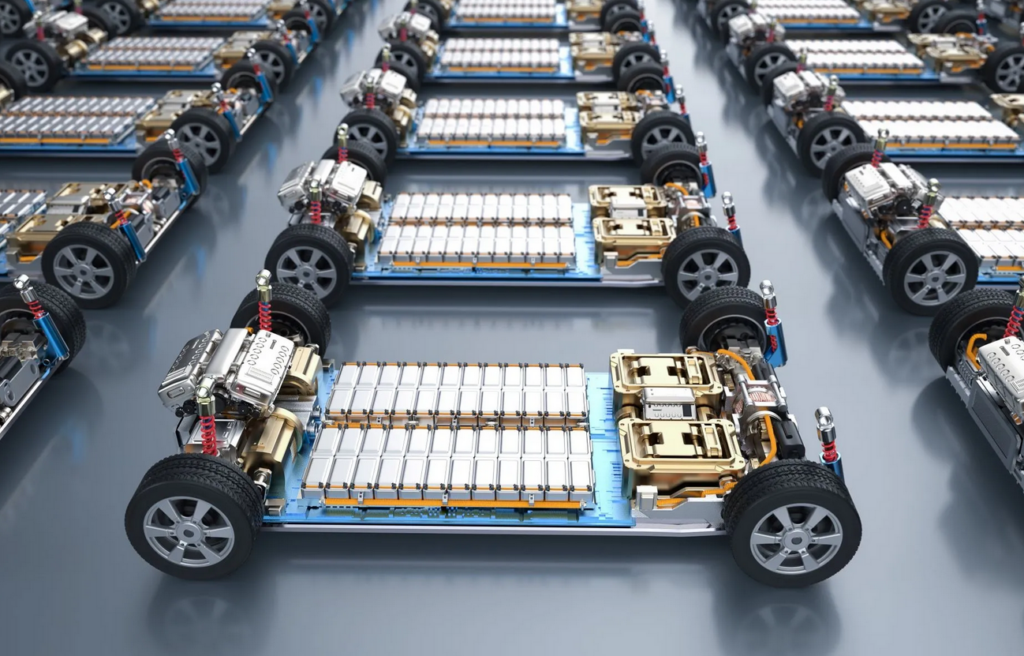ETH Zurich has developed a groundbreaking method that significantly reduces fluorine use in lithium metal batteries, doubling energy storage capacity while enhancing safety and environmental friendliness.
Lithium metal batteries are emerging as the leading contender for the next wave of advanced, high-energy batteries. They offer at least double the energy storage per unit volume compared to the commonly used lithium-ion batteries. This advancement could allow an electric vehicle to cover double the distance on a single charge or enable a smartphone to require less frequent recharging.
However, a crucial drawback with current lithium metal batteries is the need for significant amounts of fluorinated solvents and fluorinated salts in the liquid electrolyte, increasing their environmental footprint. Without fluorine, lithium metal batteries would be unstable, ceasing to function after very few charging cycles and being prone to short circuits and overheating.

A research group led by Maria Lukatskaya, Professor of Electrochemical Energy Systems at ETH Zurich, has now developed a new method that dramatically reduces the amount of fluorine required, making these batteries more environmentally friendly, stable, and cost-effective.
A stable protective layer increases battery safety and efficiency
The fluorinated compounds in electrolytes help form a protective layer around the metallic lithium at the negative electrode of the battery. “This protective layer can be compared to the enamel of a tooth,” Lukatskaya explains. “It protects the metallic lithium from continuous reaction with electrolyte components.” Without this layer, the electrolyte would quickly get depleted during cycling, leading to battery failure and the formation of lithium metal whiskers – ‘dendrites’ – during recharging.
These dendrites pose a risk as they can cause a short circuit if they touch the positive electrode, potentially causing the battery to overheat and ignite. Therefore, the ability to control the properties of this protective layer is crucial for battery performance, increasing efficiency, safety, and service life.
Minimizing fluorine content
“The question was how to reduce the amount of added fluorine without compromising the protective layer’s stability,” says doctoral student Nathan Hong. The group’s new method uses electrostatic attraction to achieve the desired reaction. Electrically charged fluorinated molecules transport fluorine to the protective layer, requiring only 0.1 percent by weight of fluorine in the liquid electrolyte—at least 20 times lower than in prior studies.
The optimized method makes batteries greener
The ETH Zurich research group describes the new method and its underlying principles in a paper recently published in the journal Energy & Environmental Science. They have also applied for a patent.
One of the biggest challenges was finding the right molecule to which fluorine could be attached and that would decompose under the right conditions once it reached the lithium metal. A key advantage of this method is that it can be seamlessly integrated into the existing battery production process without incurring additional costs. The batteries used in the lab were the size of a coin, and the next step involves testing the method’s scalability and applying it to pouch cells used in smartphones.
This innovative approach by ETH Zurich could pave the way for greener, more efficient lithium metal batteries, revolutionizing energy storage in various applications.





